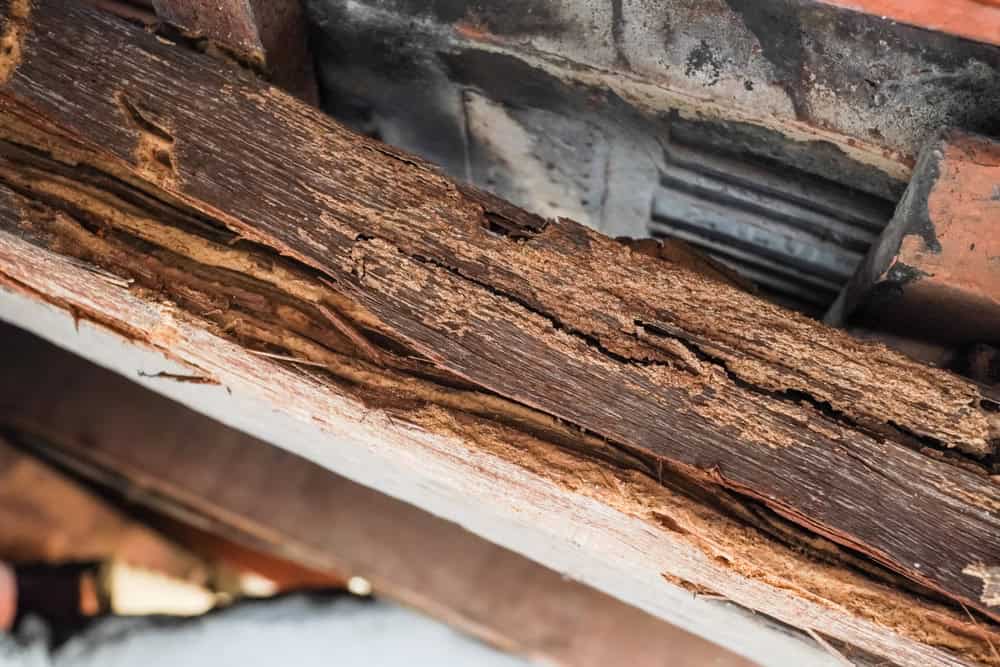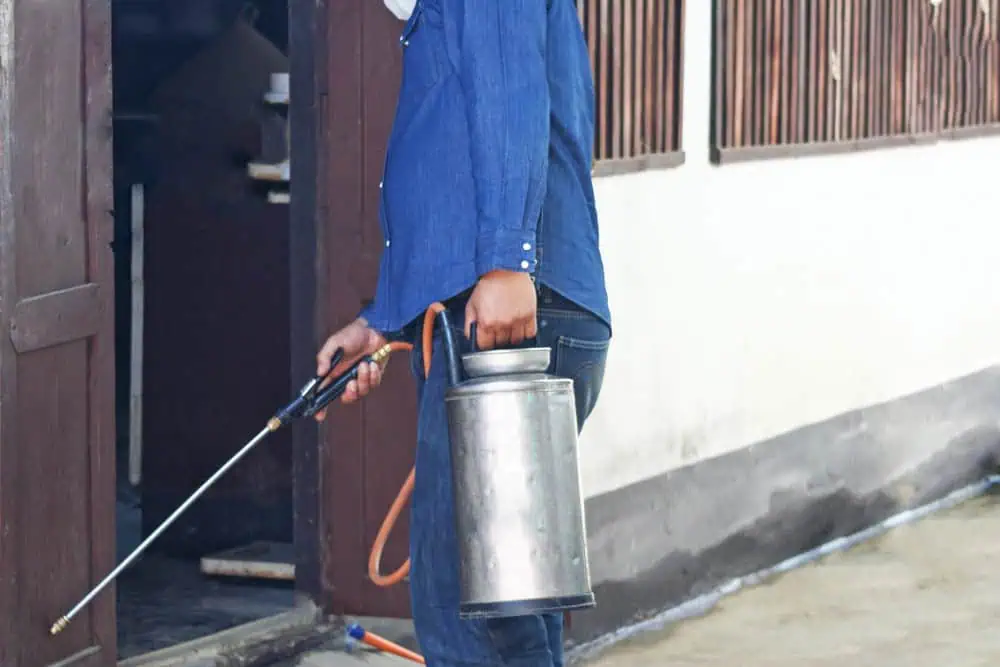Complete termite elimination and prevention that protects your property investment from costly structural damage.

Hear from Our Customers

You get complete peace of mind knowing termites can’t silently destroy your home’s structure. No more wondering if those small wood shavings mean big problems. No more worrying about thousands in repair costs down the road.
Our termite treatment eliminates active infestations and creates a protective barrier around your property. You’ll know exactly what we found, what we treated, and how we’re preventing future problems.
The result is a home you can trust is protected, whether you’re staying put for decades or preparing for a sale. Your biggest investment stays secure, and you sleep better knowing the problem is handled by professionals who understand New Jersey termites.
We at 86 Pest and Wildlife Removal have been protecting Audubon area homes from termite damage with thorough inspections and effective treatment solutions. We know how New Jersey’s climate and soil conditions create perfect environments for subterranean termites.
Our licensed technicians understand the specific termite species common to South Jersey and the seasonal patterns that affect your property. We’ve seen every type of infestation scenario in homes throughout the region.
When you call us, you’re working with professionals who live and work in your community. We understand local housing construction, common problem areas, and what it takes to eliminate termites completely in our specific environment.

We start with a comprehensive inspection of your property, checking all areas where termites typically enter and establish colonies. This includes your foundation, crawl spaces, basements, and any wood-to-soil contact points around your home.
Once we identify the extent of any infestation and vulnerable areas, we explain exactly what we found and recommend the most effective treatment approach. Our treatment methods target active termite colonies while creating protective barriers to prevent future infestations.
After treatment, we provide detailed documentation of our work and schedule follow-up monitoring visits. You’ll receive a clear report of what was treated, what to watch for, and how we’re ensuring long-term protection. No guesswork, no surprises – just complete termite control that works.

Ready to get started?
Your termite treatment includes thorough property inspection, identification of all termite activity, and targeted elimination of active colonies. We treat both visible infestations and potential entry points around your foundation and structure.
You also receive detailed reporting that’s essential for real estate transactions, insurance claims, or your own peace of mind. We document exactly what we found, what we treated, and our recommendations for ongoing protection.
Our service includes follow-up monitoring because termite control isn’t a one-time event. We check treated areas, assess the effectiveness of our work, and adjust our approach if needed. Many Audubon homeowners appreciate this ongoing relationship because termite prevention requires consistent attention, especially in our climate.
